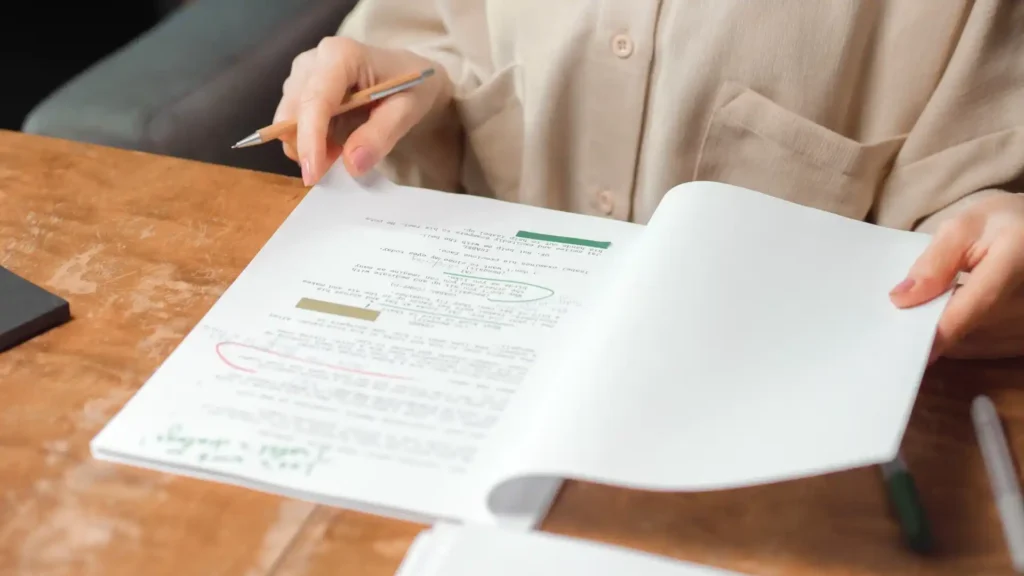In screenwriting, transitions act as the connective tissue that links scenes together, guiding audiences seamlessly through time, space, and emotion. Though often subtle, the right transition can dramatically influence the pacing, tone, and flow of a story. Understanding how to use them effectively helps writers craft screenplays that feel polished and cinematic.
The Role of Transitions in Screenwriting
Transitions signal how one scene connects to the next. They can mark a shift in time, a change of location, or an emotional beat between characters. Beyond structural function, transitions also set rhythm and tone—whether to build tension, create contrast, or sustain continuity.
Common Types of Screenplay Transitions
Transitions come in many forms, each serving a different narrative or visual purpose. Choosing the right type of transition can enhance storytelling, emphasize emotion, or maintain momentum. Here are some of the most common examples used in screenwriting:
- Cut To – The most basic and frequently used transition, simply moving from one scene to the next. Often implied and not always necessary to write.
- Dissolve To – Indicates the passage of time or a symbolic link between two related moments. The gradual change creates a smooth, visual connection.
- Fade In / Fade Out – Commonly used at the beginning or end of a screenplay or scene, often to convey finality or a major shift.
- Match Cut To – Connects two scenes through a visual or thematic similarity, highlighting continuity or irony.
- Smash Cut To – A sudden, jarring cut that emphasizes surprise, humor, or intensity. It’s great for shock value or sharp tonal shifts.
- Wipe To – A stylistic visual transition where one image pushes another off the screen. It’s less common today, but it’s still used for a creative or nostalgic effect.
Techniques for Effective Screenplay Transitions
Mastering the art of transitions involves more than knowing their types—it’s about understanding how and when to use them for the greatest narrative impact. The techniques below can help writers apply transitions thoughtfully and effectively.
- Use Transitions Purposefully – Each transition should serve a narrative or emotional purpose, rather than being added mechanically.
- Maintain Emotional Flow – Let emotions carry from one scene to the next to preserve tone and continuity.
- Use Visual or Thematic Links – Connect scenes through images, sounds, or themes to strengthen storytelling cohesion.
- Control Rhythm and Pacing – Match your transitions to the story’s tempo; quick cuts energize, while slow fades invite reflection.
- Trust the Visual Storytelling – Not every transition needs to be written. Sometimes, letting the edit imply the change creates a more natural flow.
Conclusion
Mastering transitions is a crucial skill for screenwriters seeking to craft seamless, engaging narratives. When used thoughtfully, transitions not only move the story forward but also heighten emotional impact and visual continuity. The best transitions are often invisible—felt rather than noticed—ensuring that the audience remains fully immersed in the story from the first scene to the last.
Key Takeaways:
- Transitions connect scenes and guide audiences through time, space, and emotion.
- They shape a story’s pacing, tone, and visual flow.
- Common types include Cut To, Dissolve To, Fade In / Fade Out, Match Cut To, and Smash Cut To.
- Effective transitions should serve a clear narrative or emotional purpose.
- The best transitions are subtle—felt rather than noticed—keeping the audience fully engaged.
To further hone your screenwriting skills and explore advanced techniques in crafting compelling narratives, consider enrolling in the NYU Modern Screenwriting online course and certificate program offered by Yellowbrick. This comprehensive program can provide you with the knowledge and tools needed to excel in the world of screenwriting and take your storytelling to the next level.







